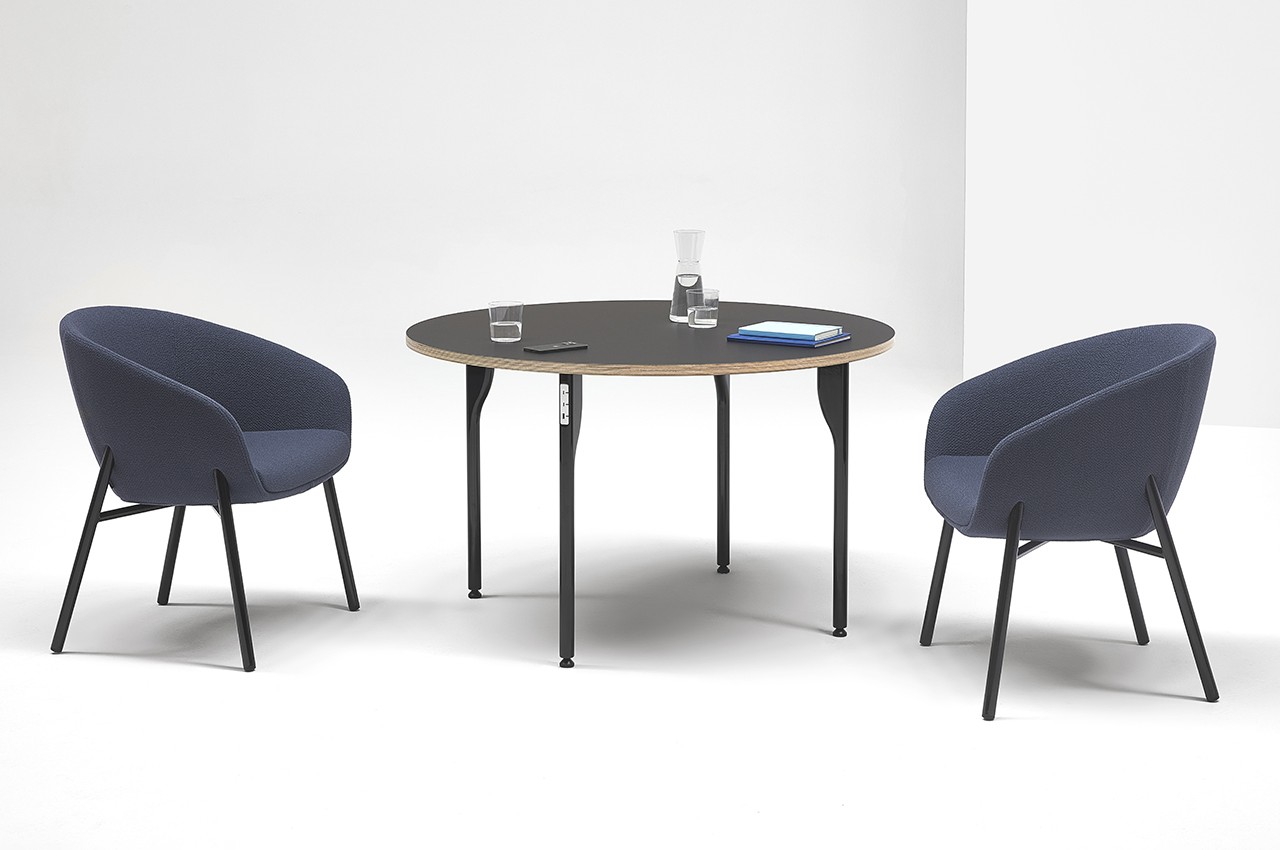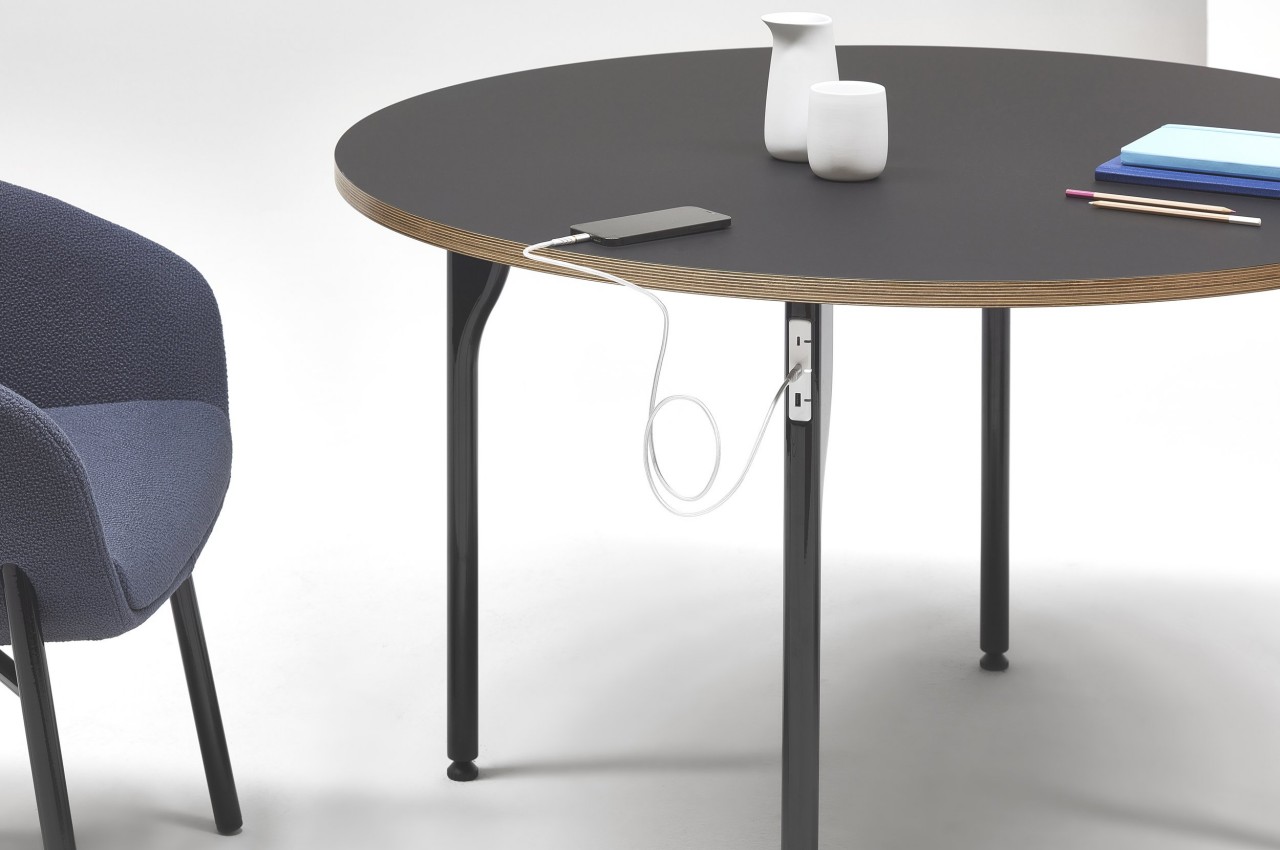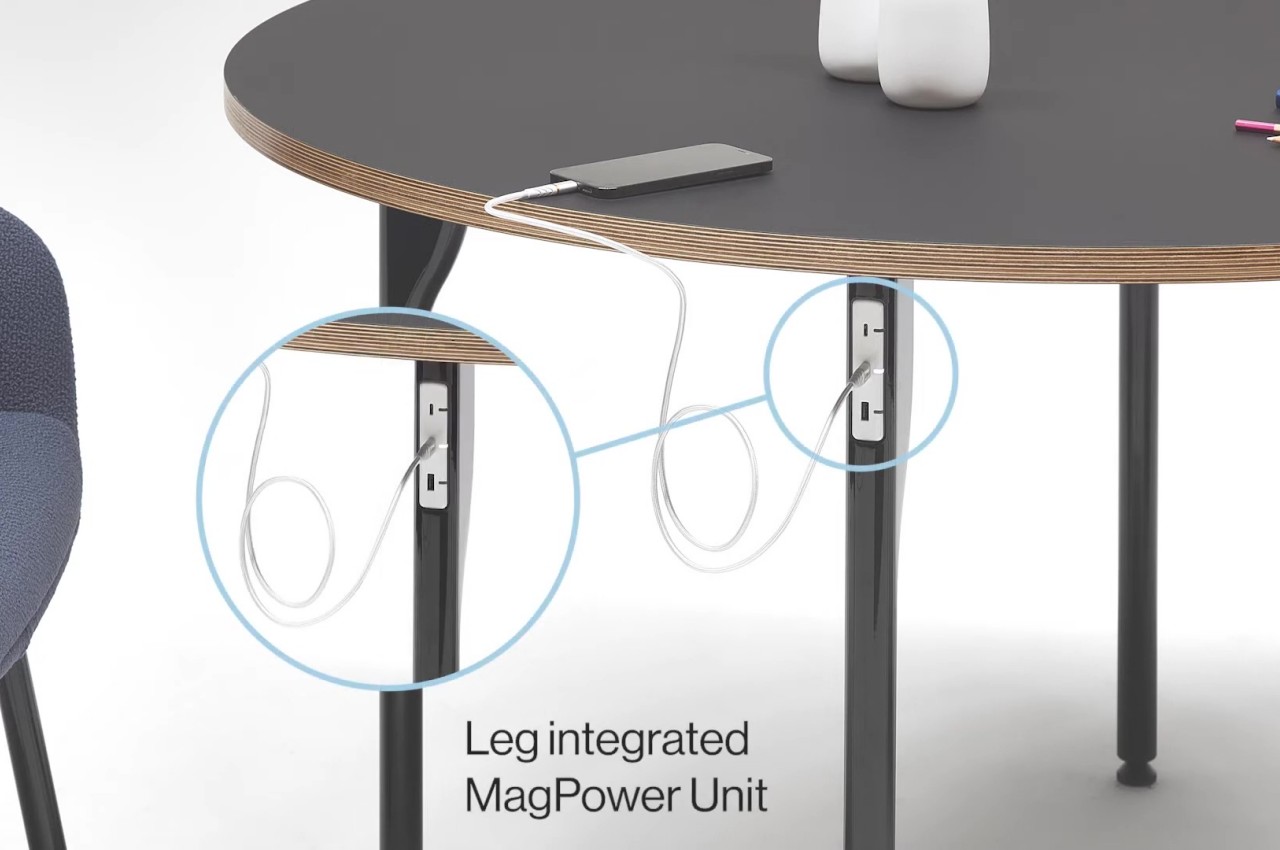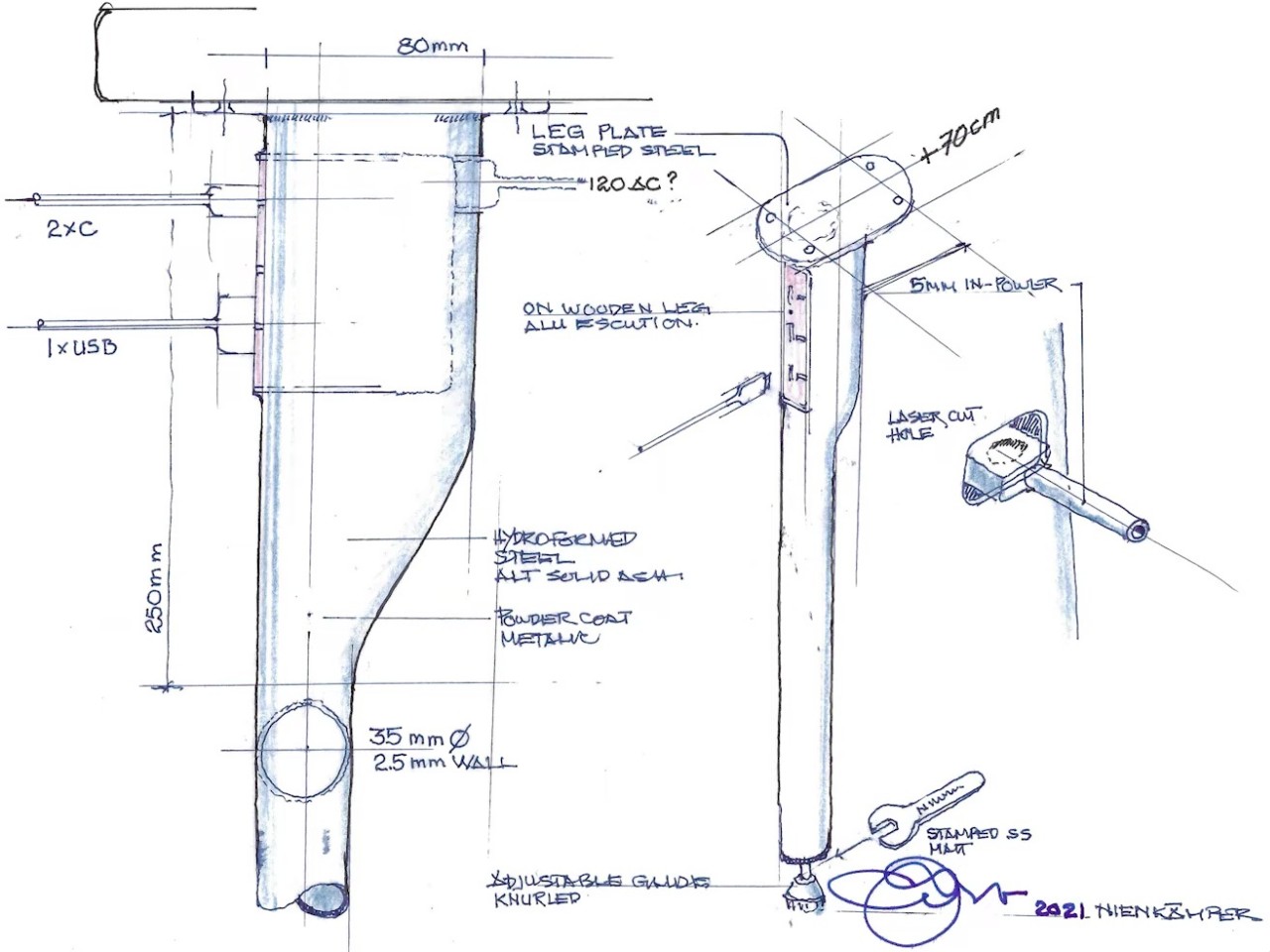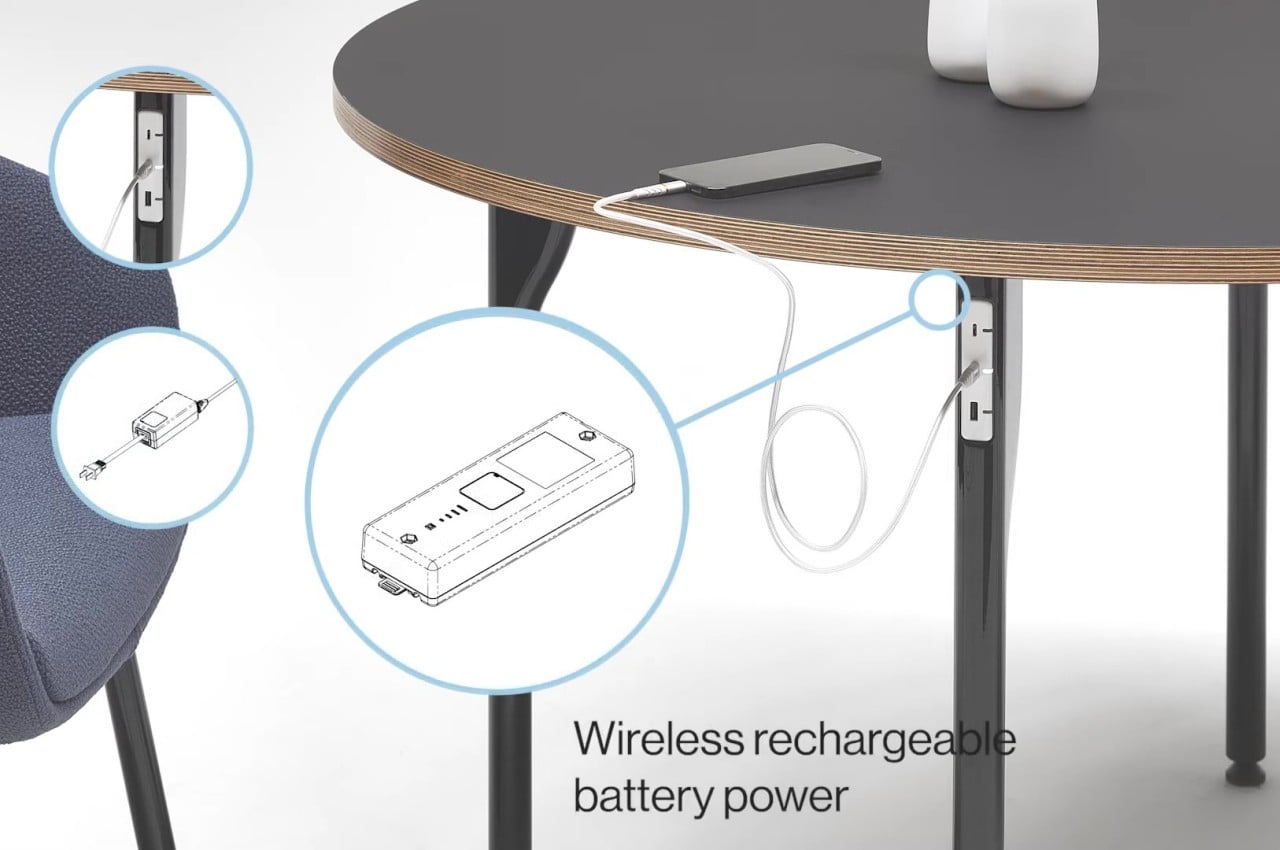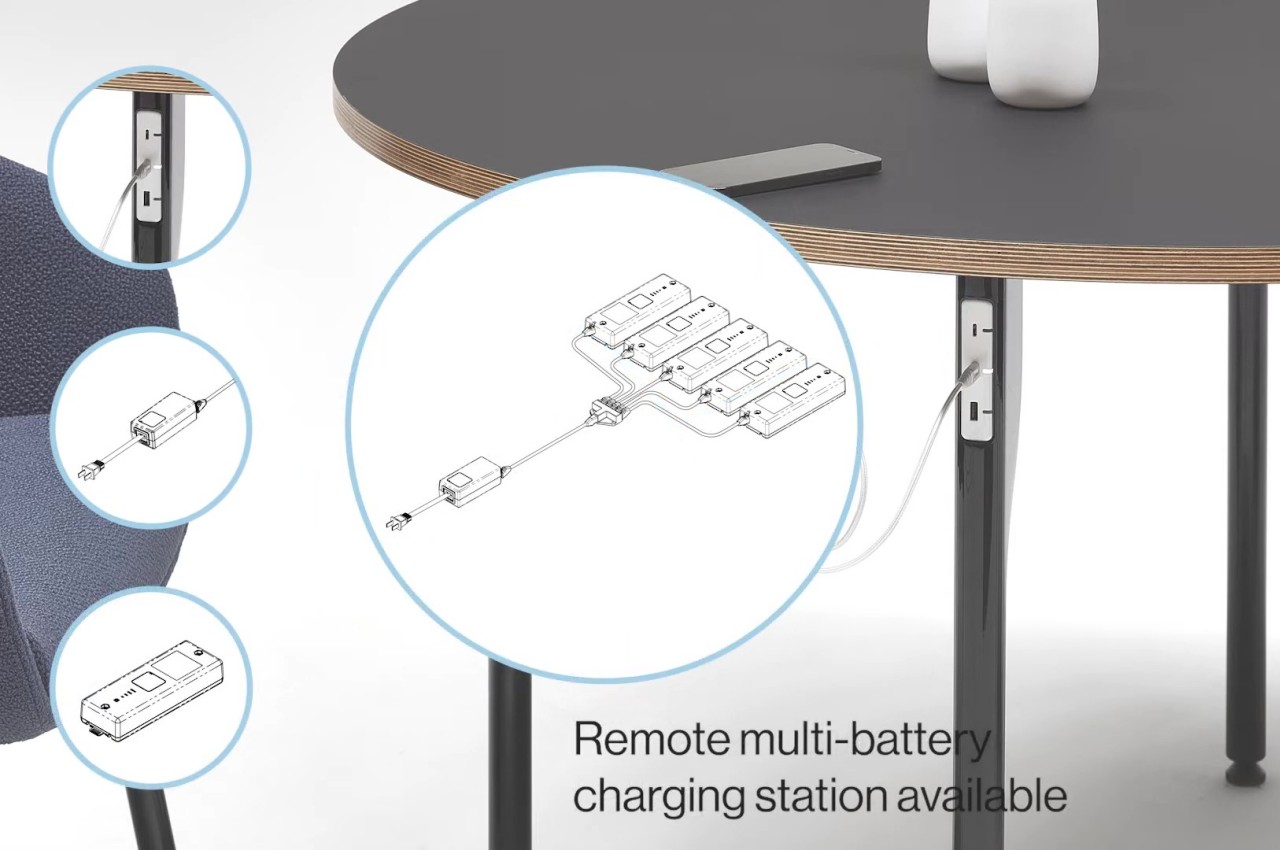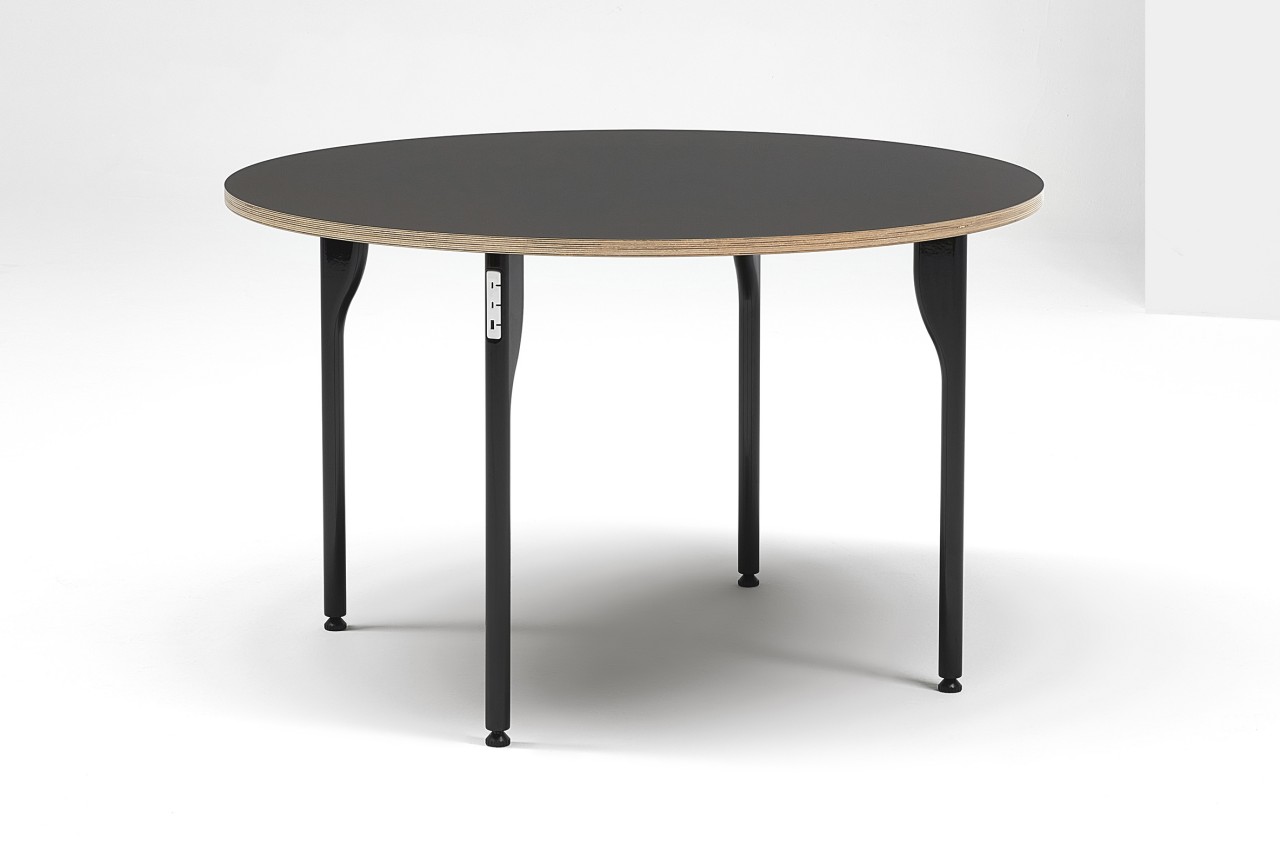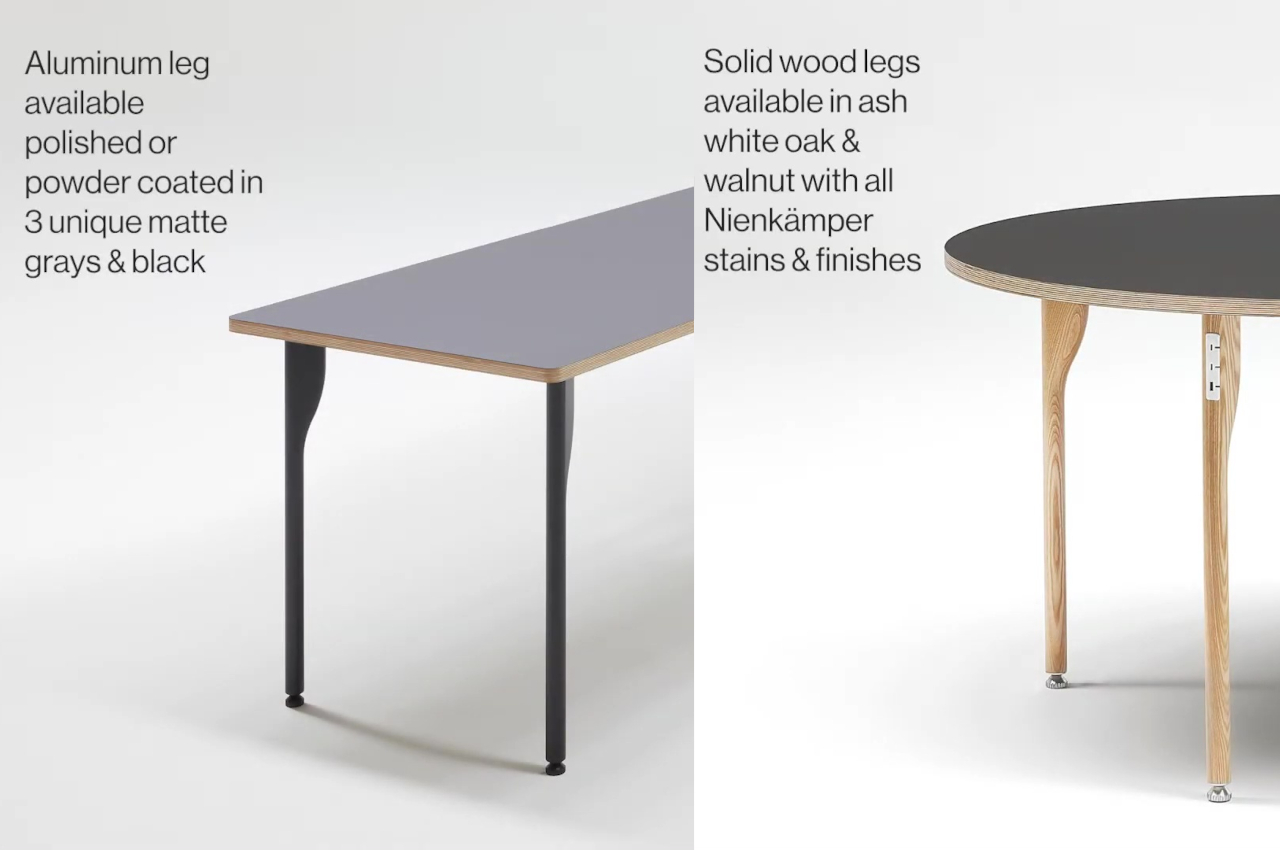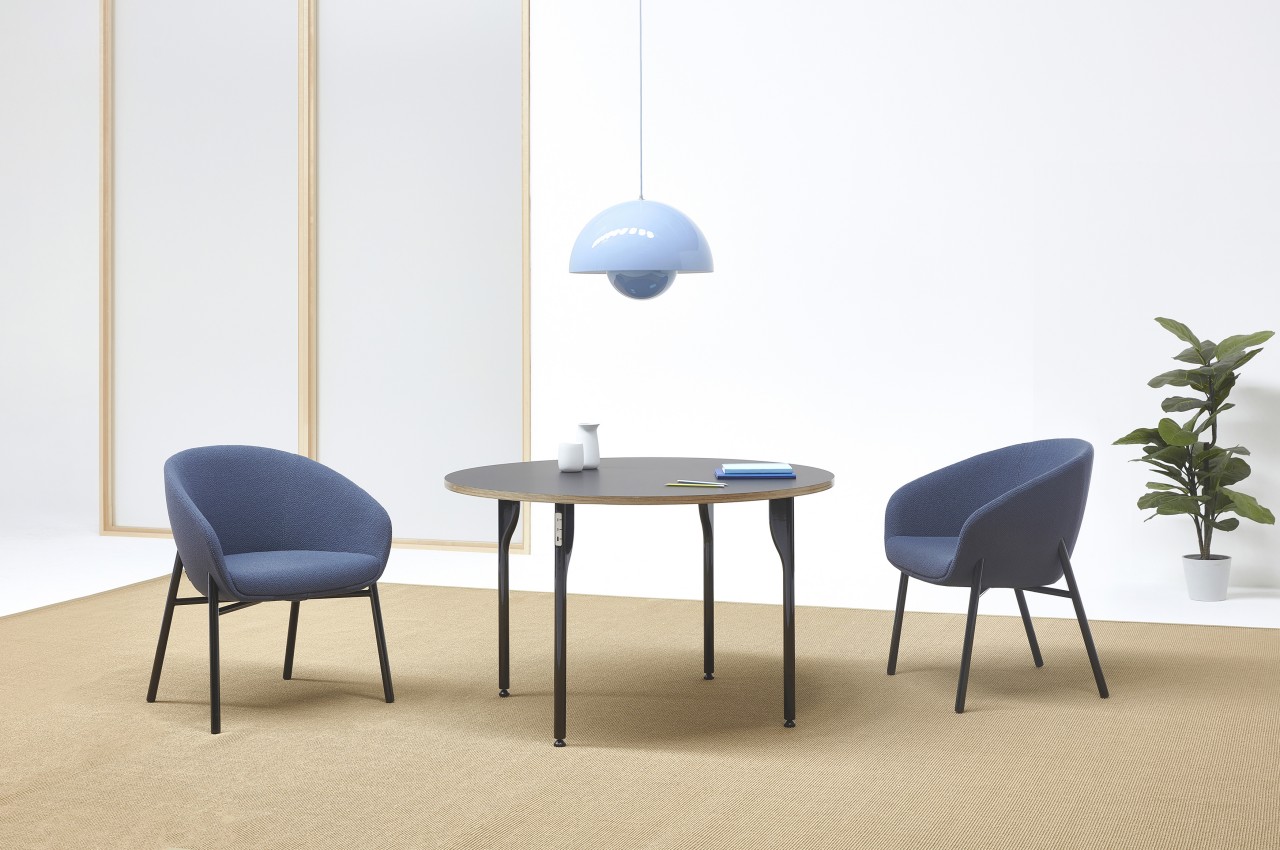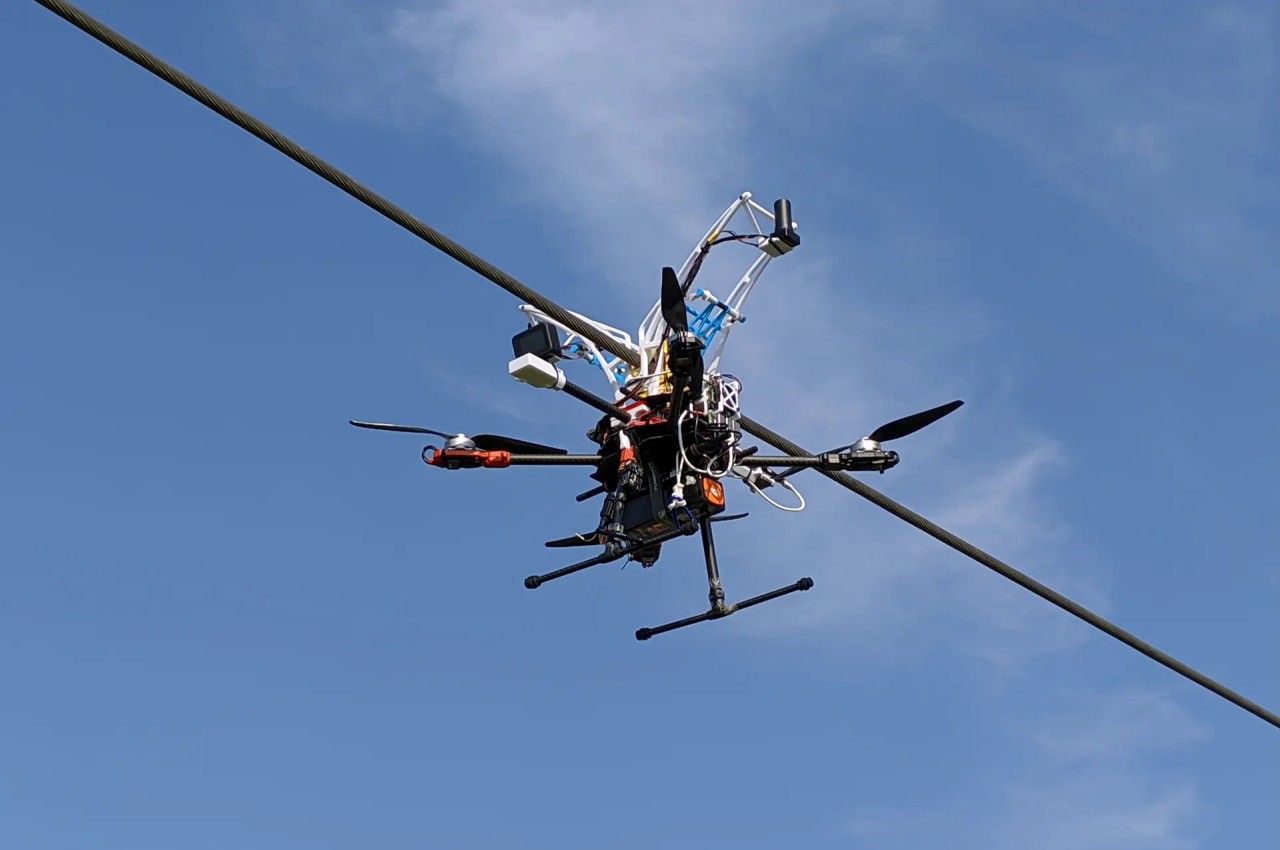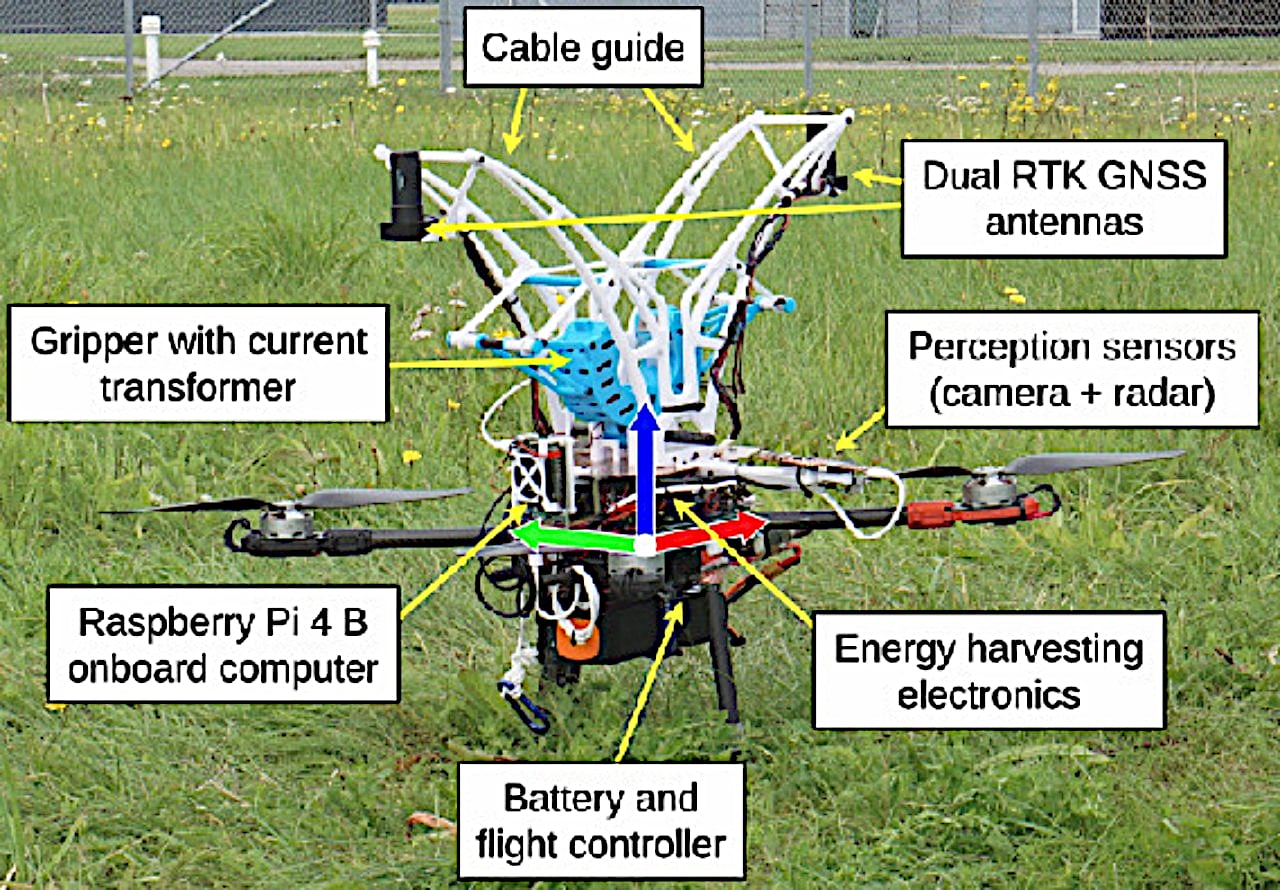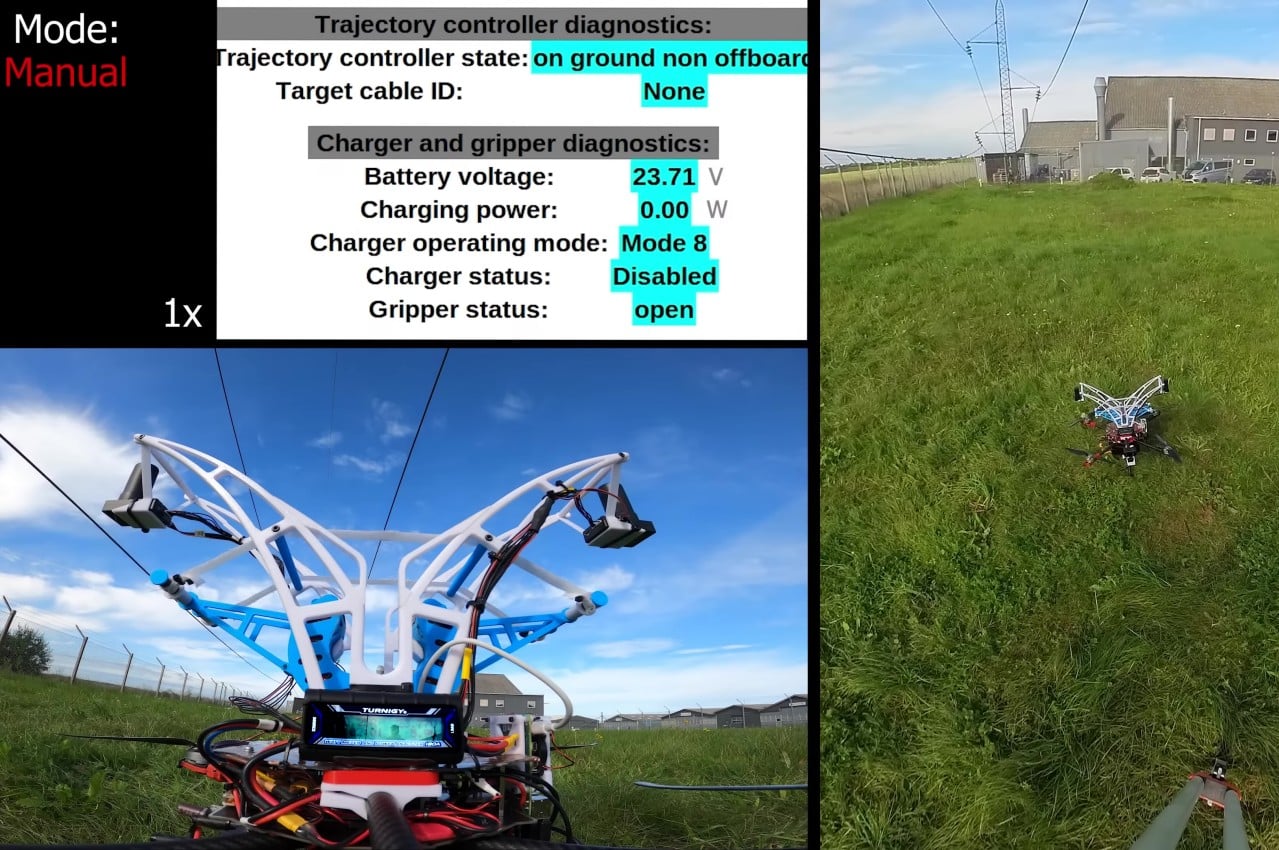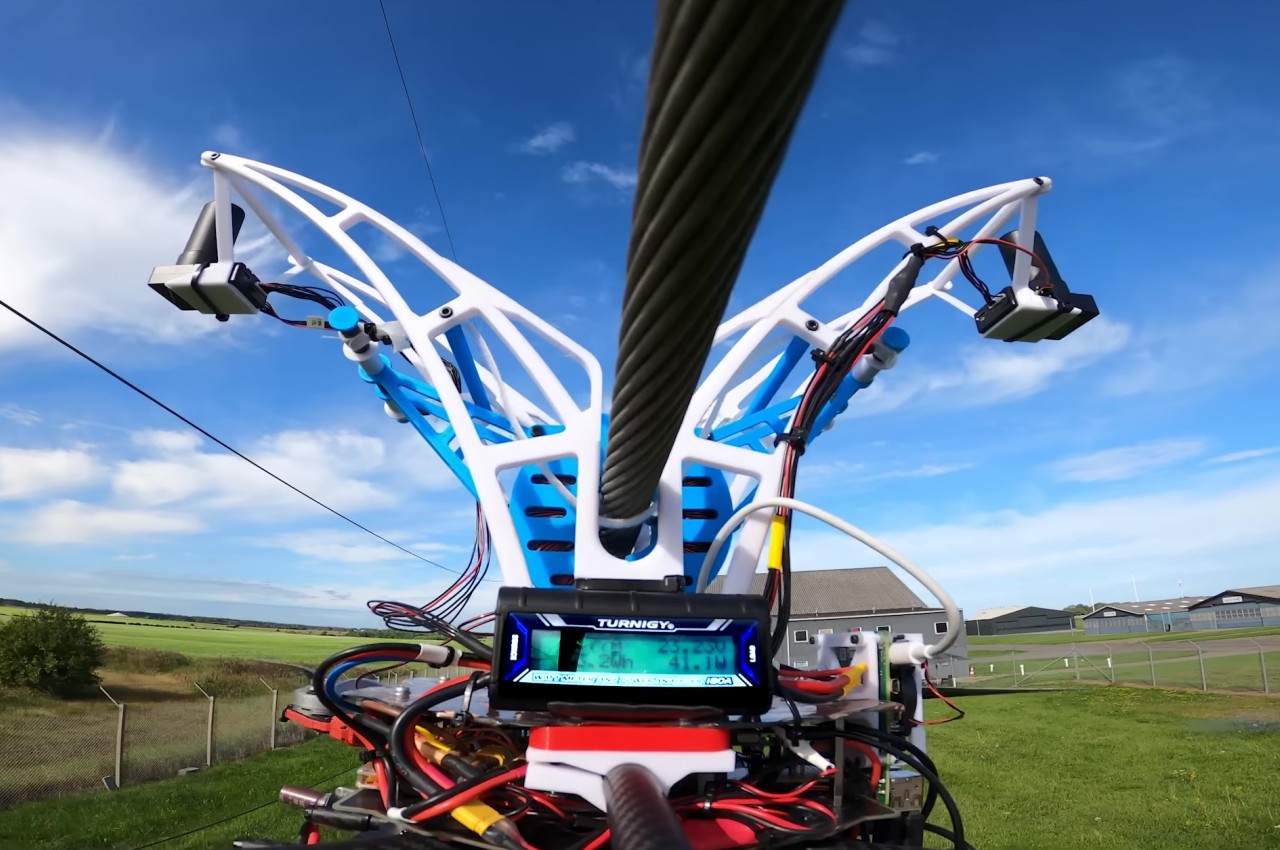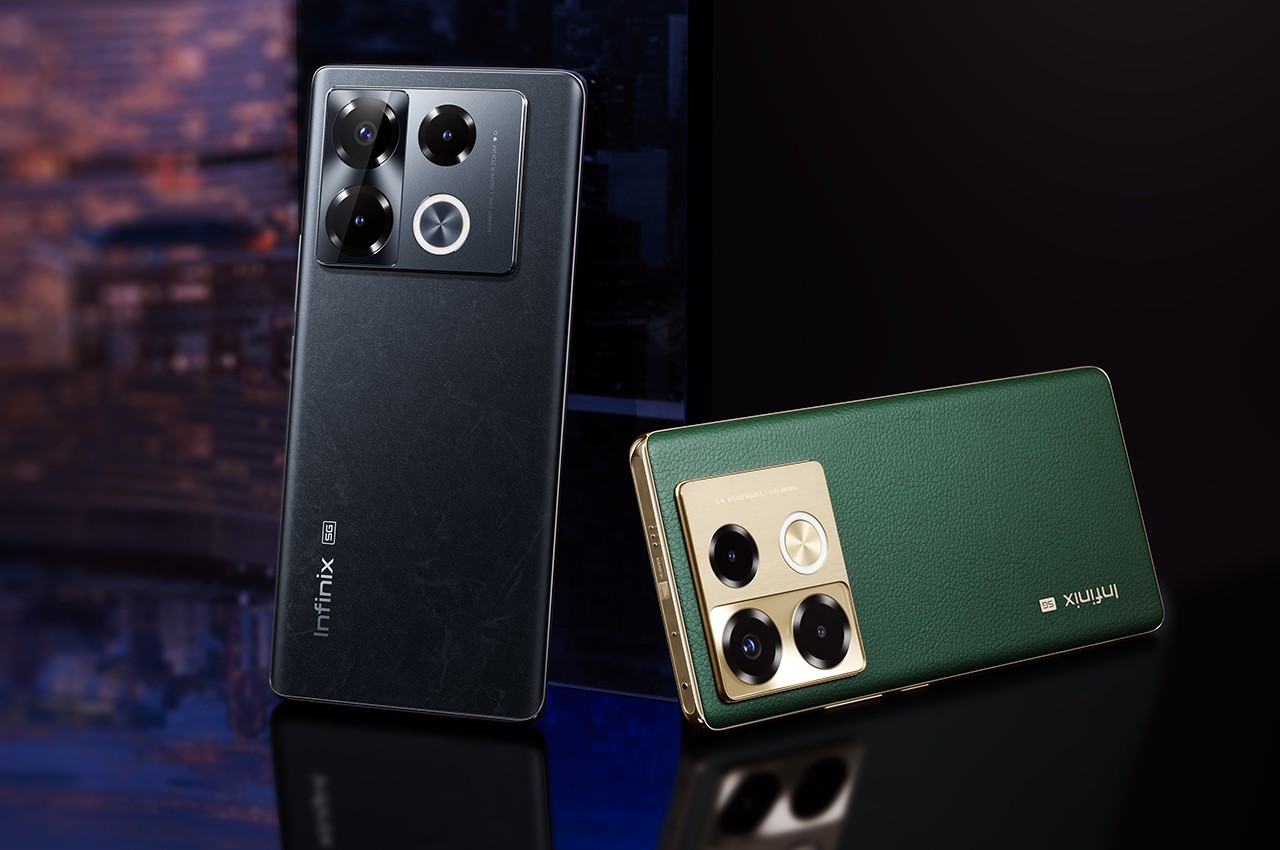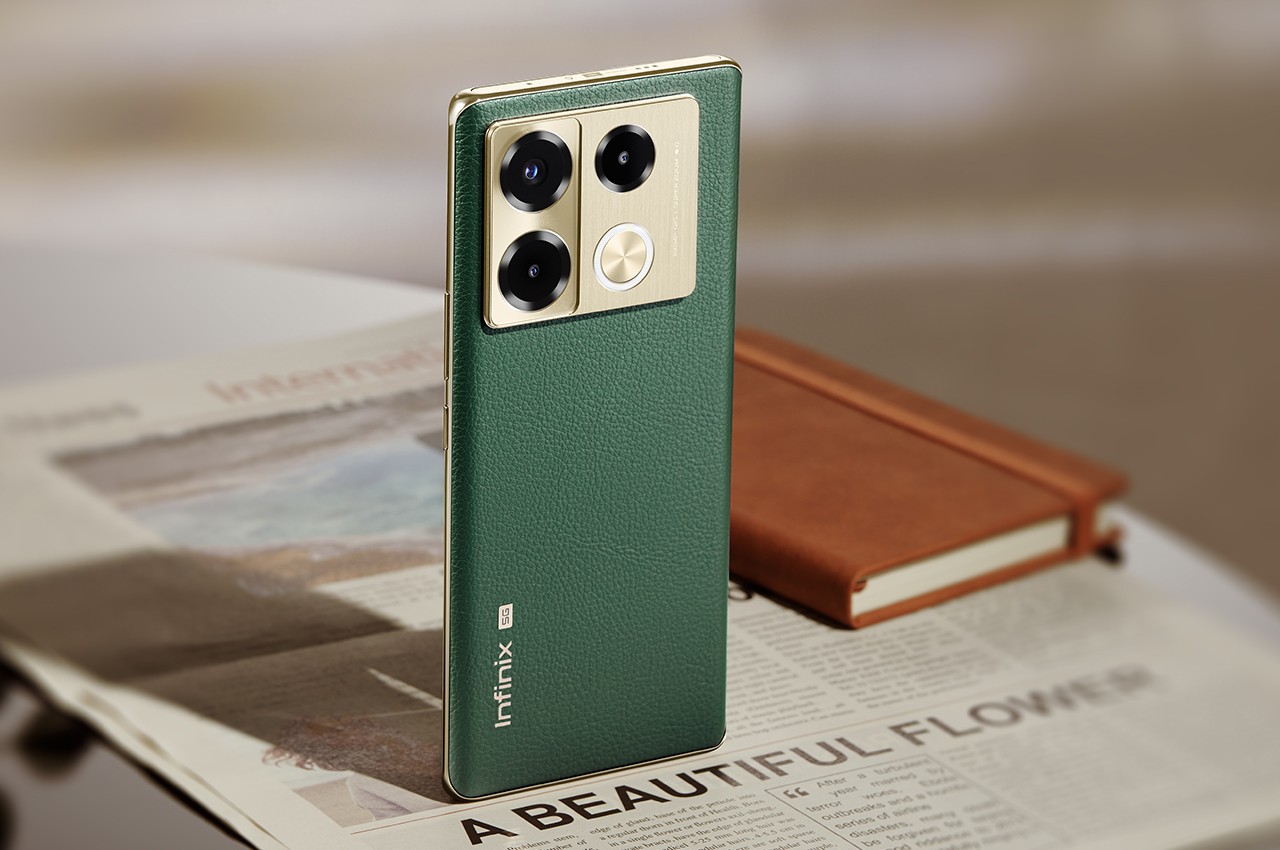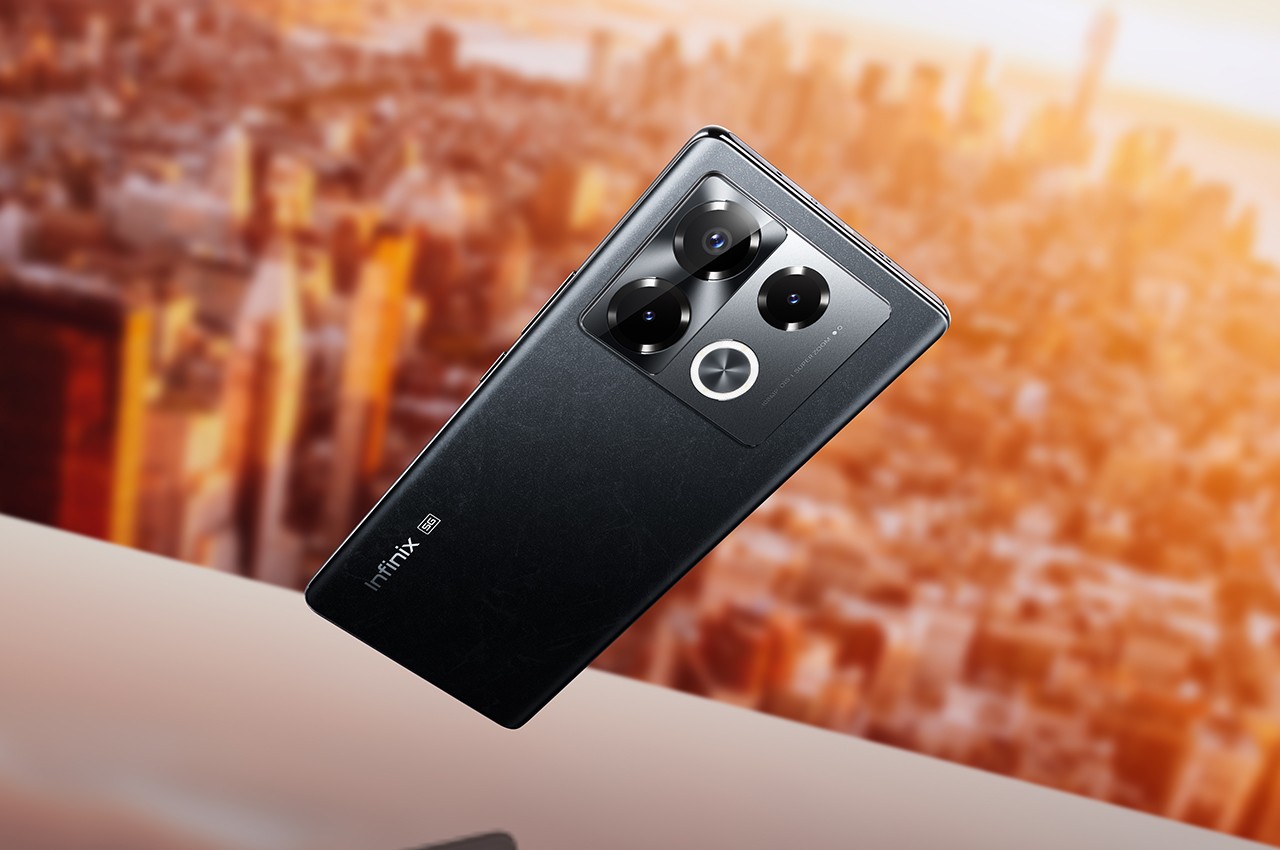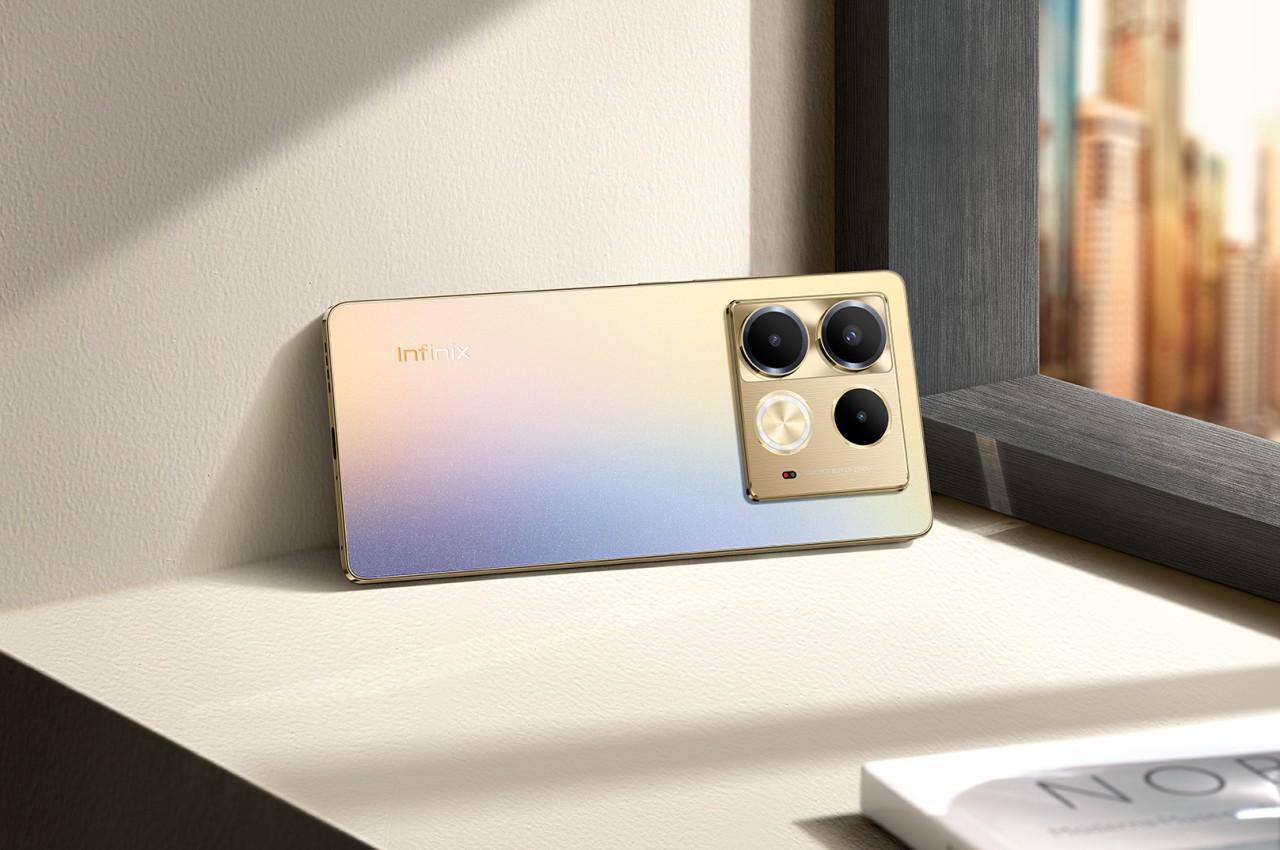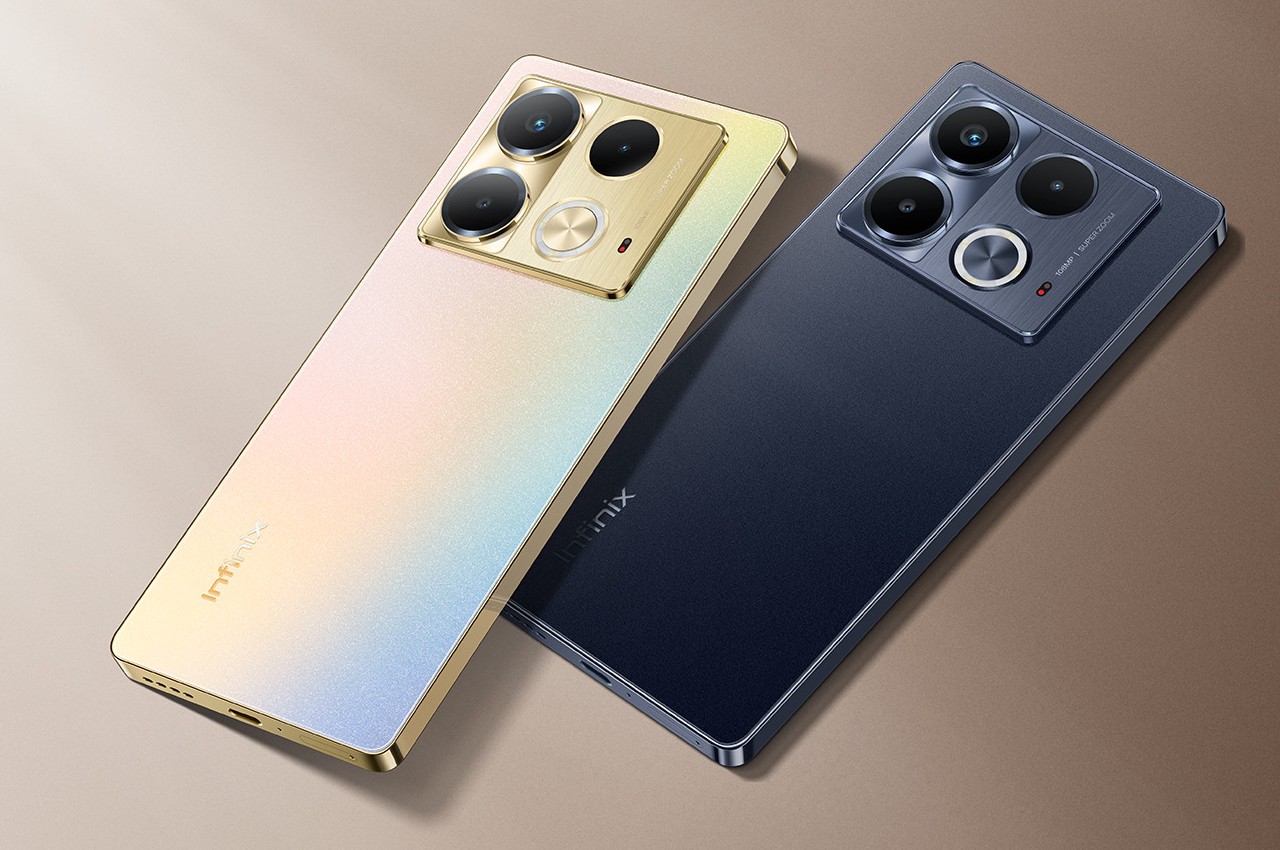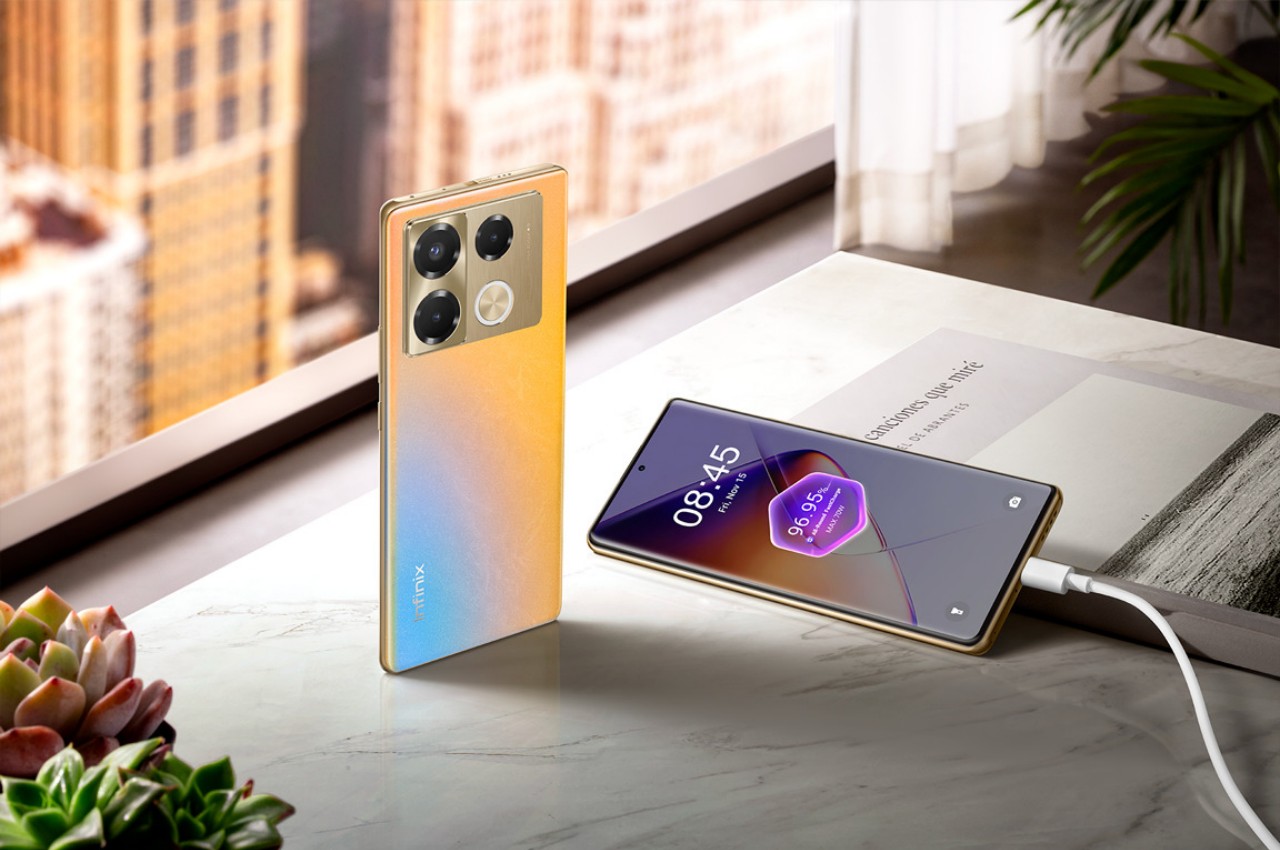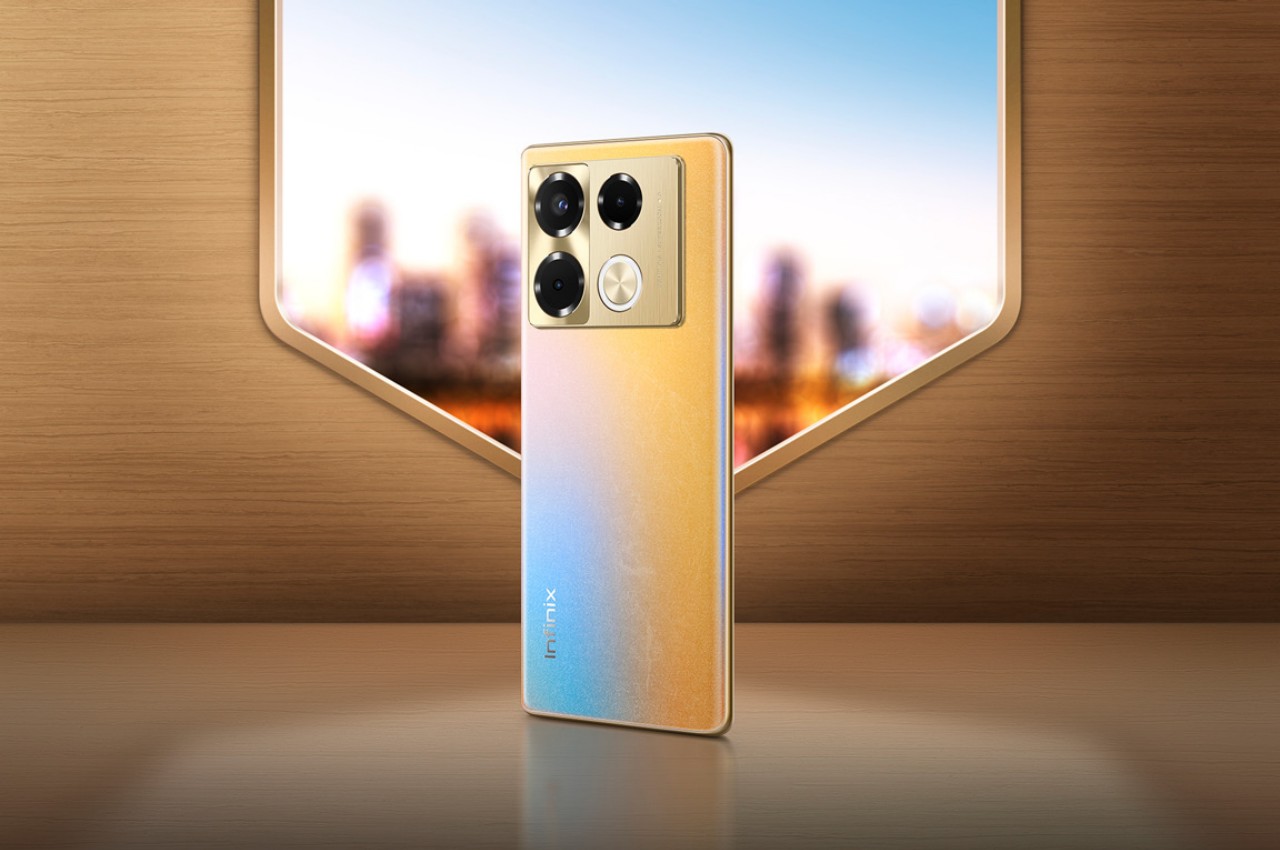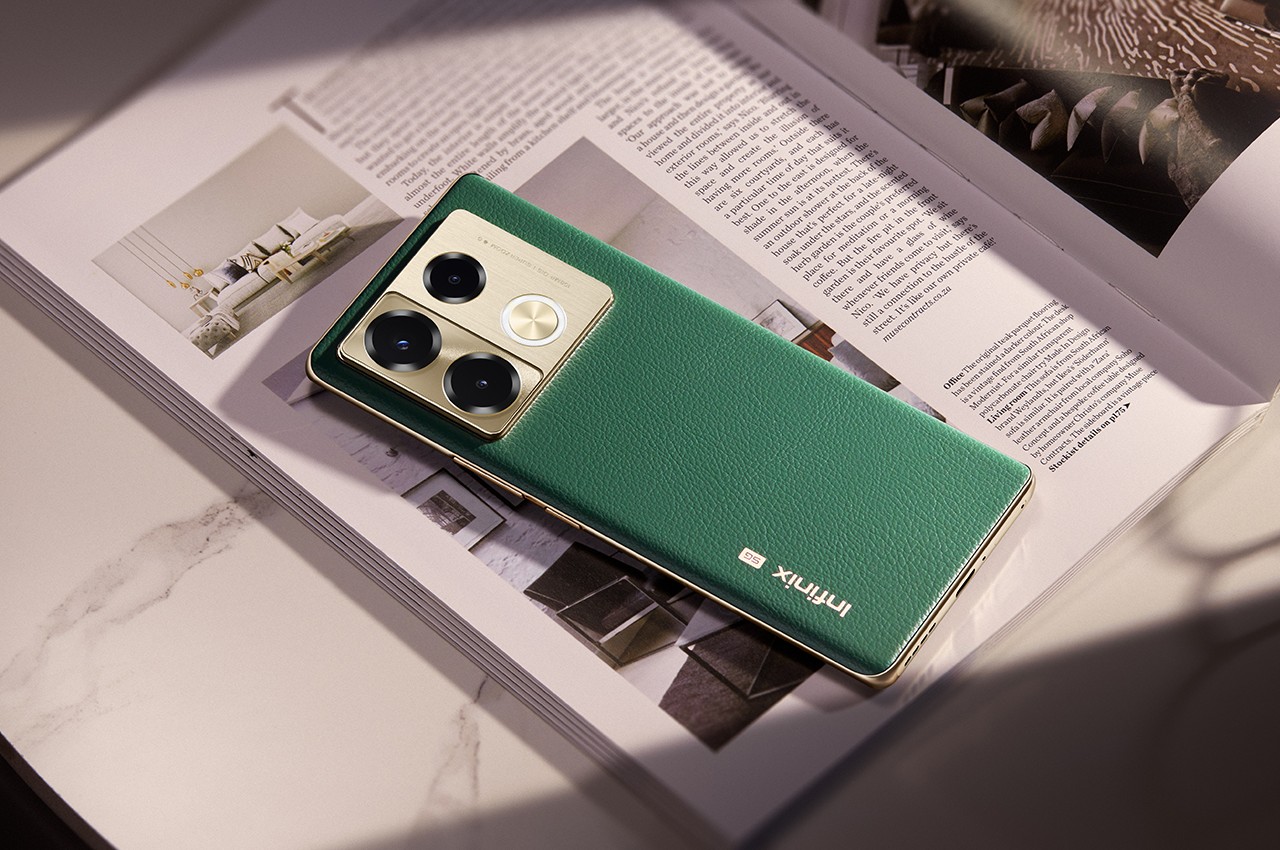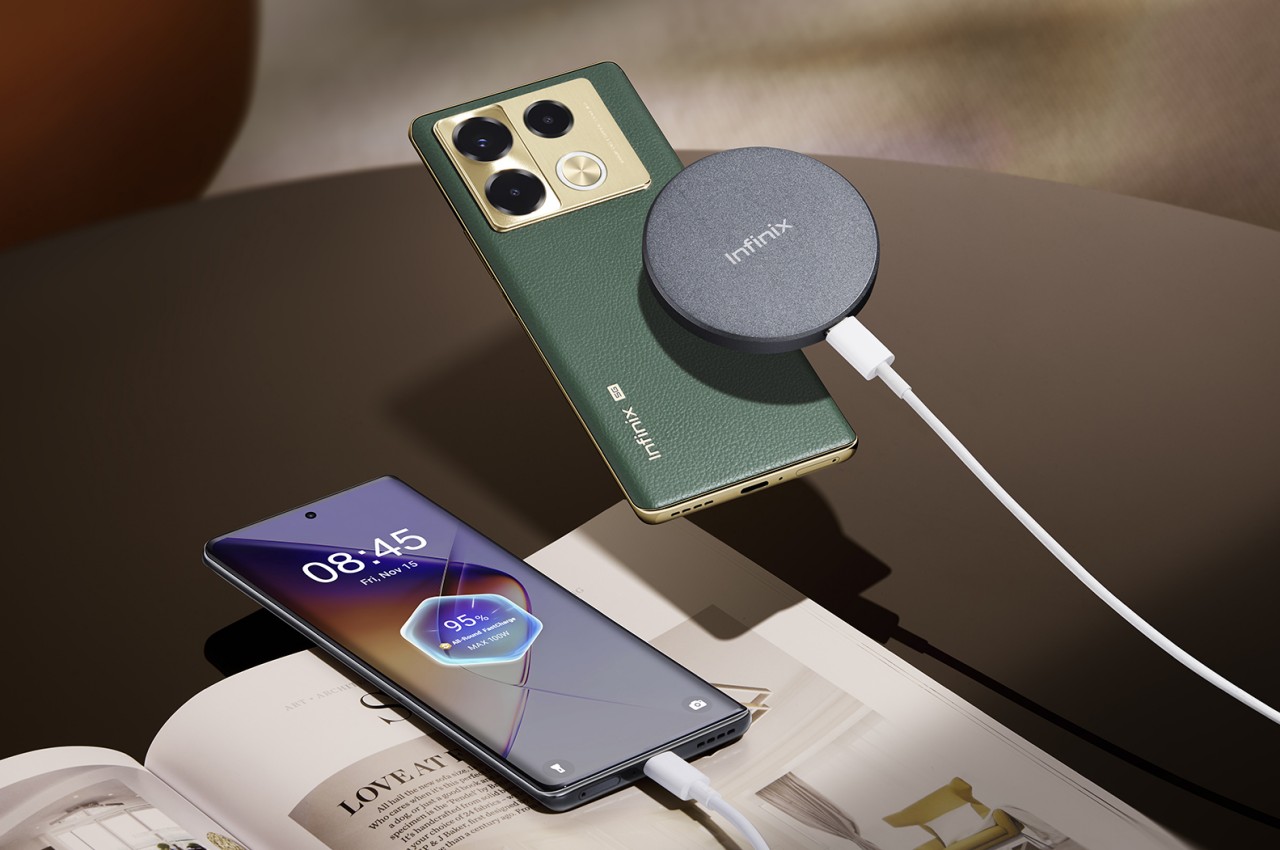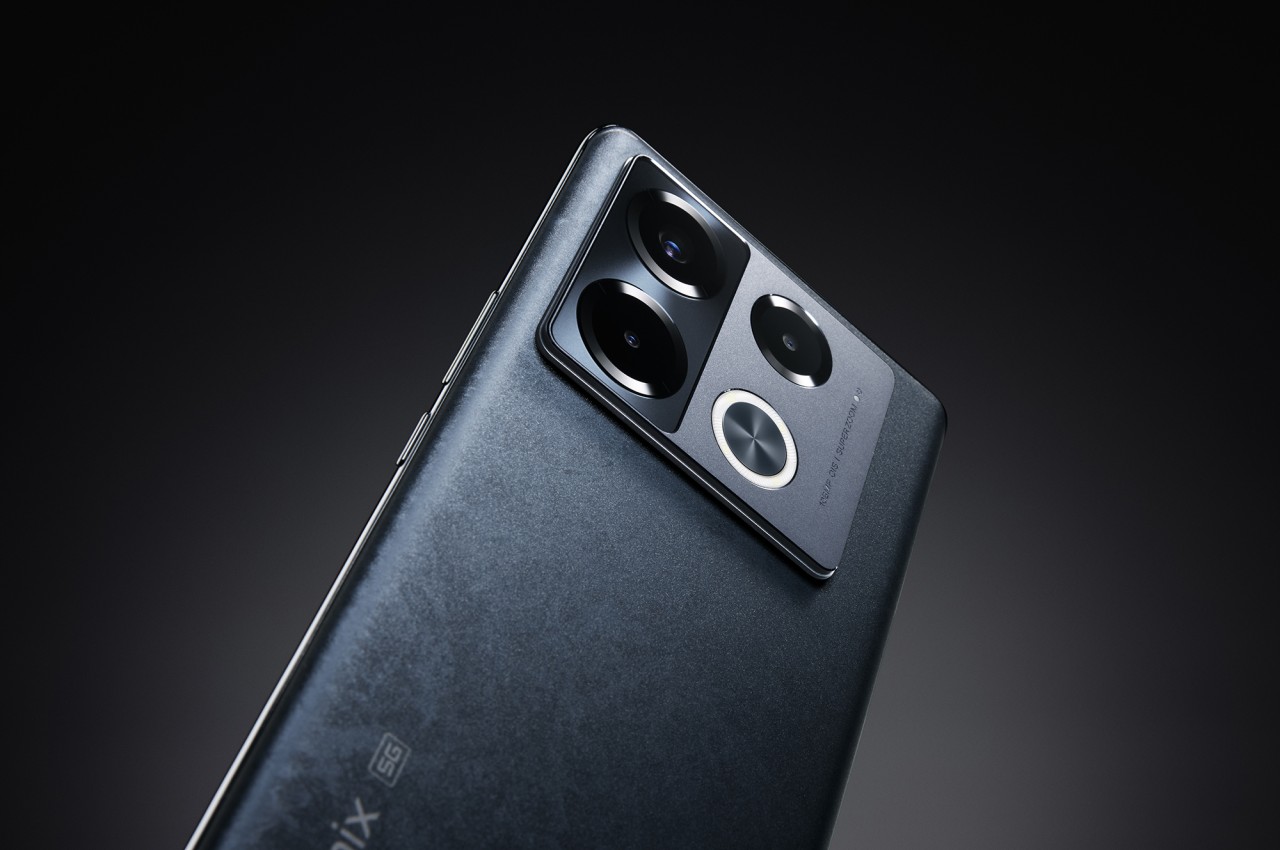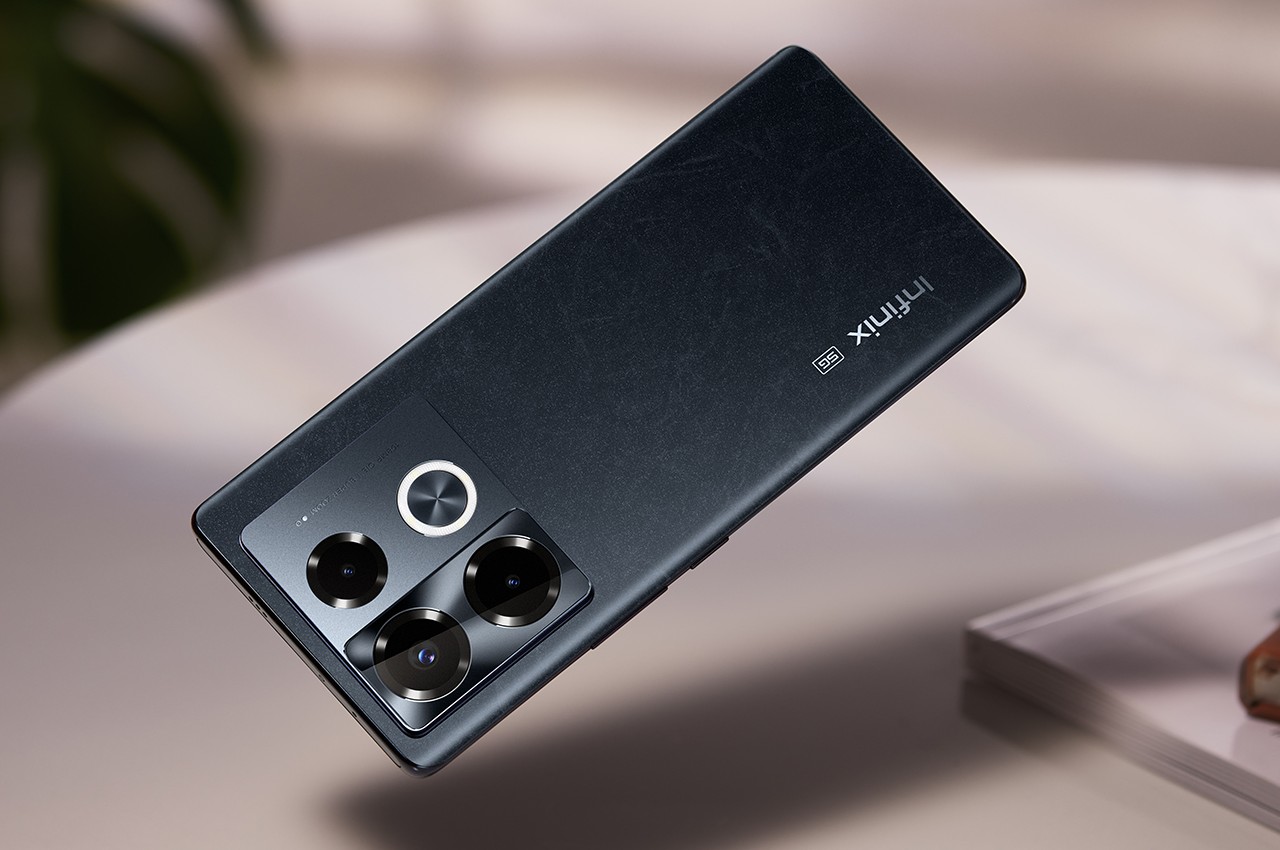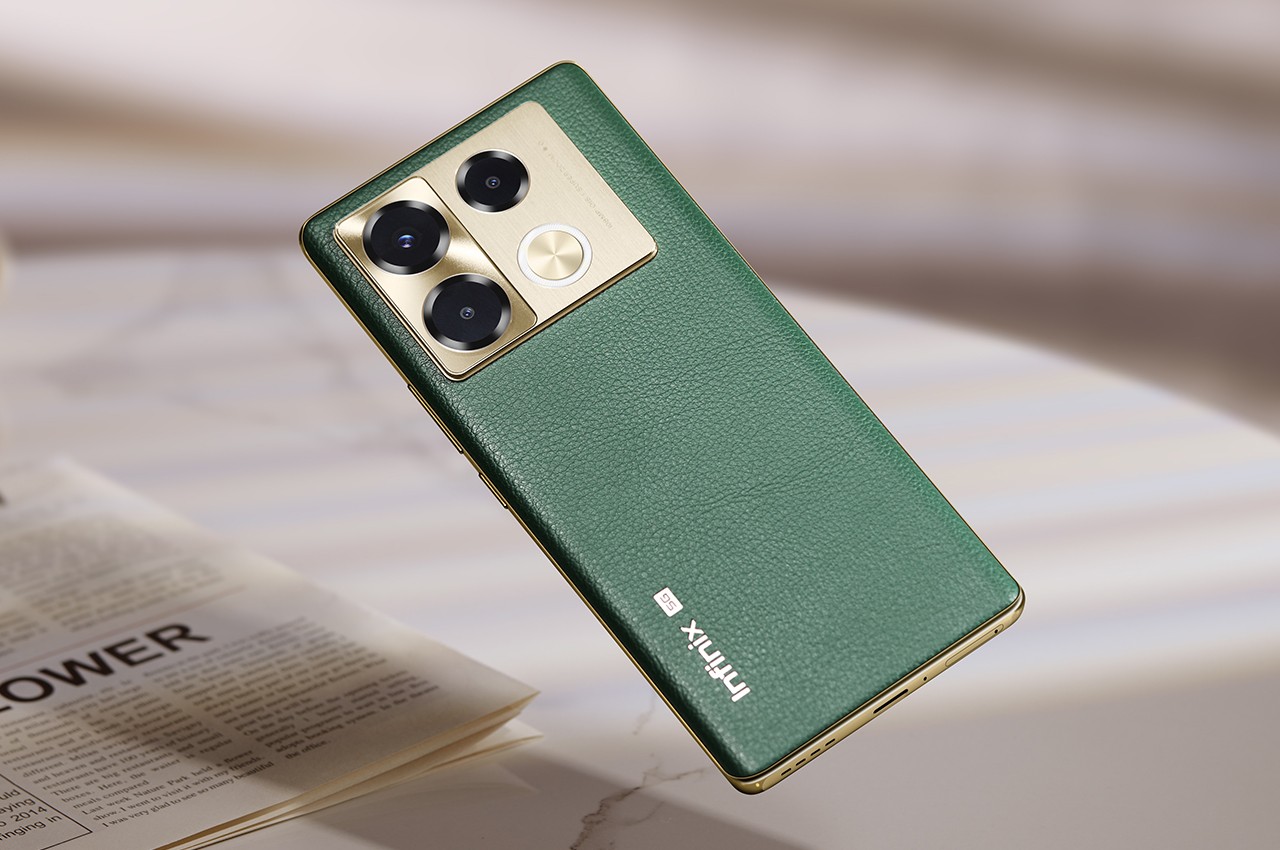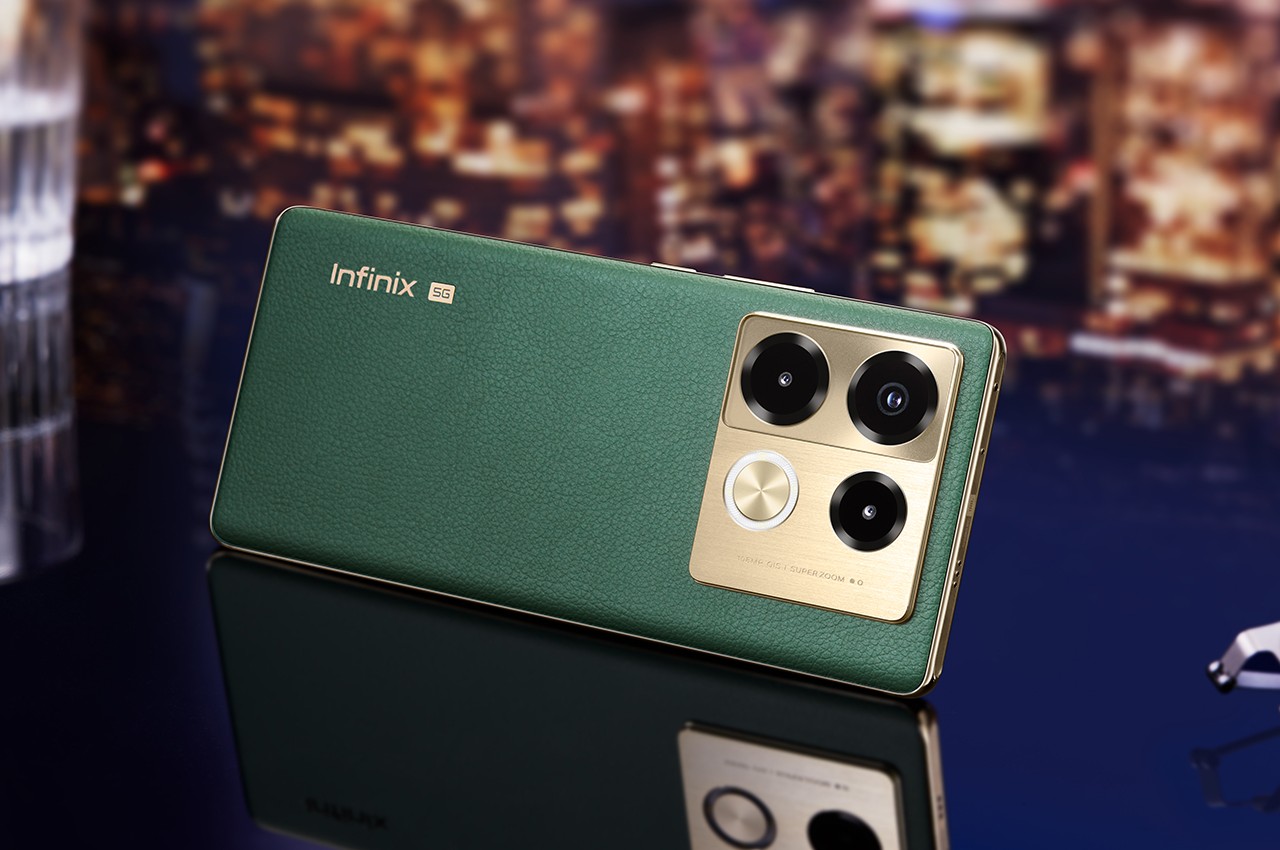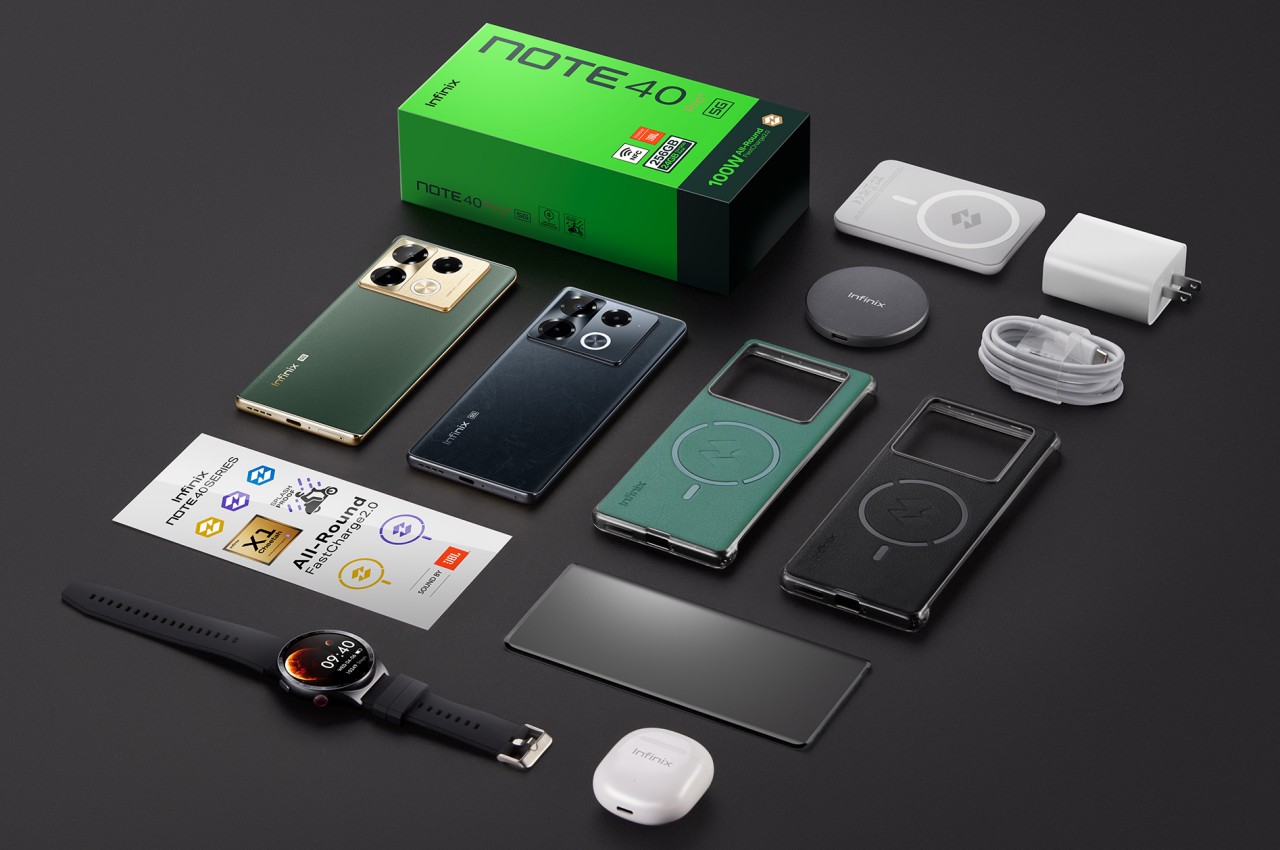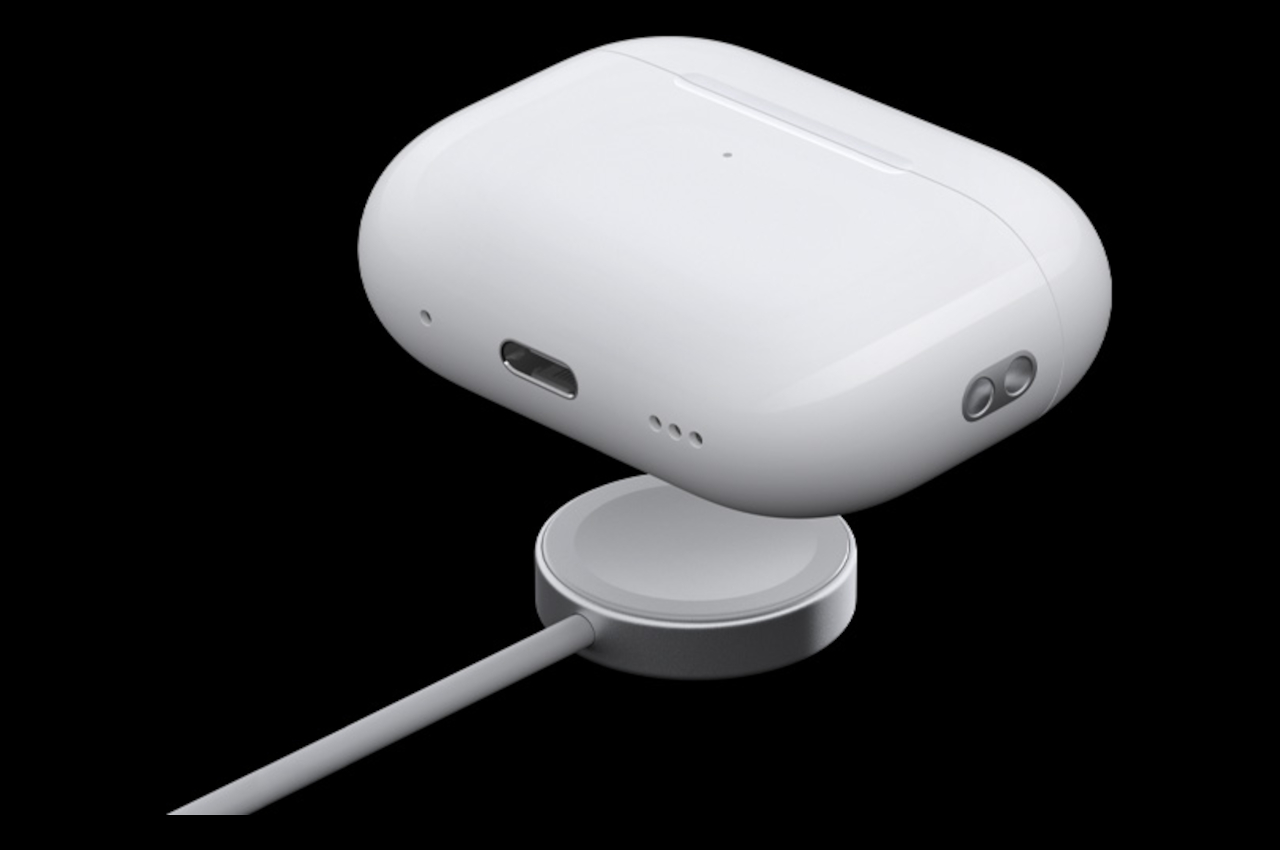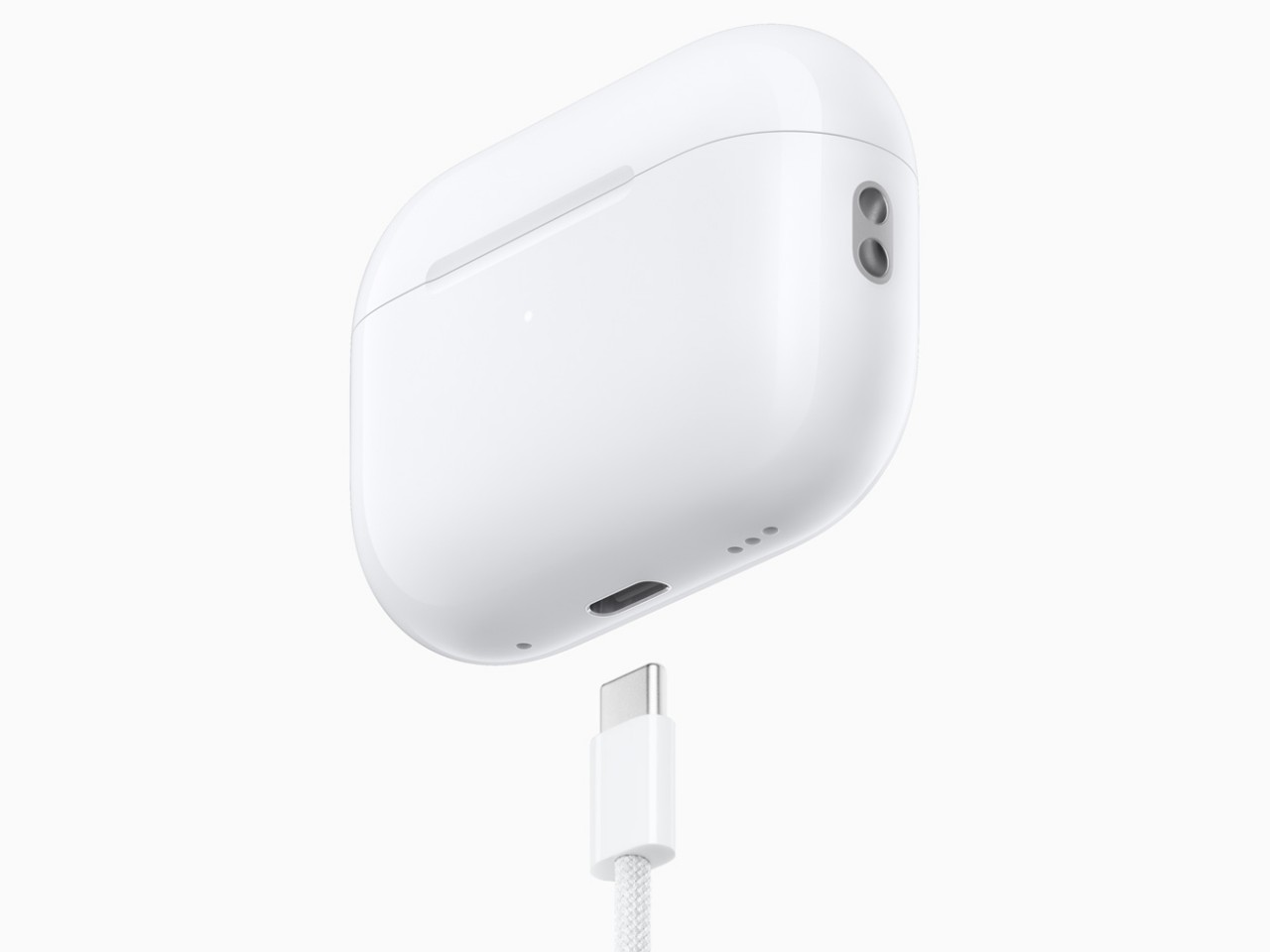Imagine a world where charging your phone is as seamless as grabbing a cup of coffee in the morning. That’s the magic of the AL Charger Stackable Cord-Free Portable Chargers. These wireless chargers are crafted to integrate effortlessly into your daily routine, offering the convenience of powering up your phone anytime, anywhere, without the hassle of plugs and wires. It’s freedom redefined in the world of charging.
Picture this: you’re at home, moving from the living room to the kitchen, perhaps even out by the pool. With the AL Charger, you have the liberty to charge your phone wherever you are. Forget about searching for outlets or untangling cables. Just grab a charger from the stack, place your phone on top, and watch it power up. When you’re done, stack it back to recharge the unit. It’s that simple.
Designer: Michael Walker
Click Here to Buy Now: $125 $150 ($25 off). Hurry, deal ends in 72-hours to go! Raised over $45,000.
What makes the AL Charger truly remarkable is its speed. With up to 15W of power, it can charge your phone from zero to full three times faster than traditional 5W wireless chargers. This means your device is ready to go when you are, no waiting around required. Each charger comes with a robust 5000 mAh battery, providing ample power to keep your devices running. The base unit, on the other hand, uses a single USB-C port that can charge AL chargers or your phone with the same 15W power as the portable chargers.
The genius of the AL Charger lies in its precision-placed magnets. These magnets ensure that MagSafe-compatible phones snap perfectly into place every time, maximizing charging efficiency. Plus, these magnets allow for flawless stacking with other AL Chargers, enhancing the charging capabilities of each unit. It’s a design that doesn’t just function well; it functions brilliantly.
For those juggling multiple gadgets, the AL Charger offers a unique advantage: the ability to charge multiple devices at once. Imagine hosting friends and having the capability to power up all their devices simultaneously — just as easy as grabbing a couple more coasters. It’s a host’s dream come true, ensuring everyone’s gadgets are ready for action.
Compatibility is key, and the AL Charger doesn’t disappoint. It works with both Qi-enabled and MagSafe devices, ensuring a wide range of gadgets can benefit from its innovative design. No need to hide this charger away, either. With a waterproof leather top designed to resemble a luxury set of coasters, the AL Charger blends beautifully into your decor. It’s a piece of tech you’ll be proud to display.
Life is full of unexpected spills and splashes, but the AL Charger is prepared for it all. Its water-resistant design means you can charge with confidence, whether you’re in the kitchen dealing with spills or lounging poolside. It’s charging made versatile, adapting to your lifestyle without missing a beat.
Whether you’re a tech enthusiast with multiple gadgets or someone who loves hosting guests, the AL Charger is the perfect solution for keeping everyone connected. It’s more than just a charger; it’s a lifestyle upgrade, making your daily routine smoother and more efficient. They’re designed to fit into your life, not the other way around. So why settle for anything less? Experience the freedom and convenience of cord-free charging today.
Click Here to Buy Now: $125 $150 ($25 off). Hurry, deal ends in 72-hours to go! Raised over $45,000.
The post Experience True Charging Freedom with the AL Stackable Cord-Free Portable Chargers first appeared on Yanko Design.










